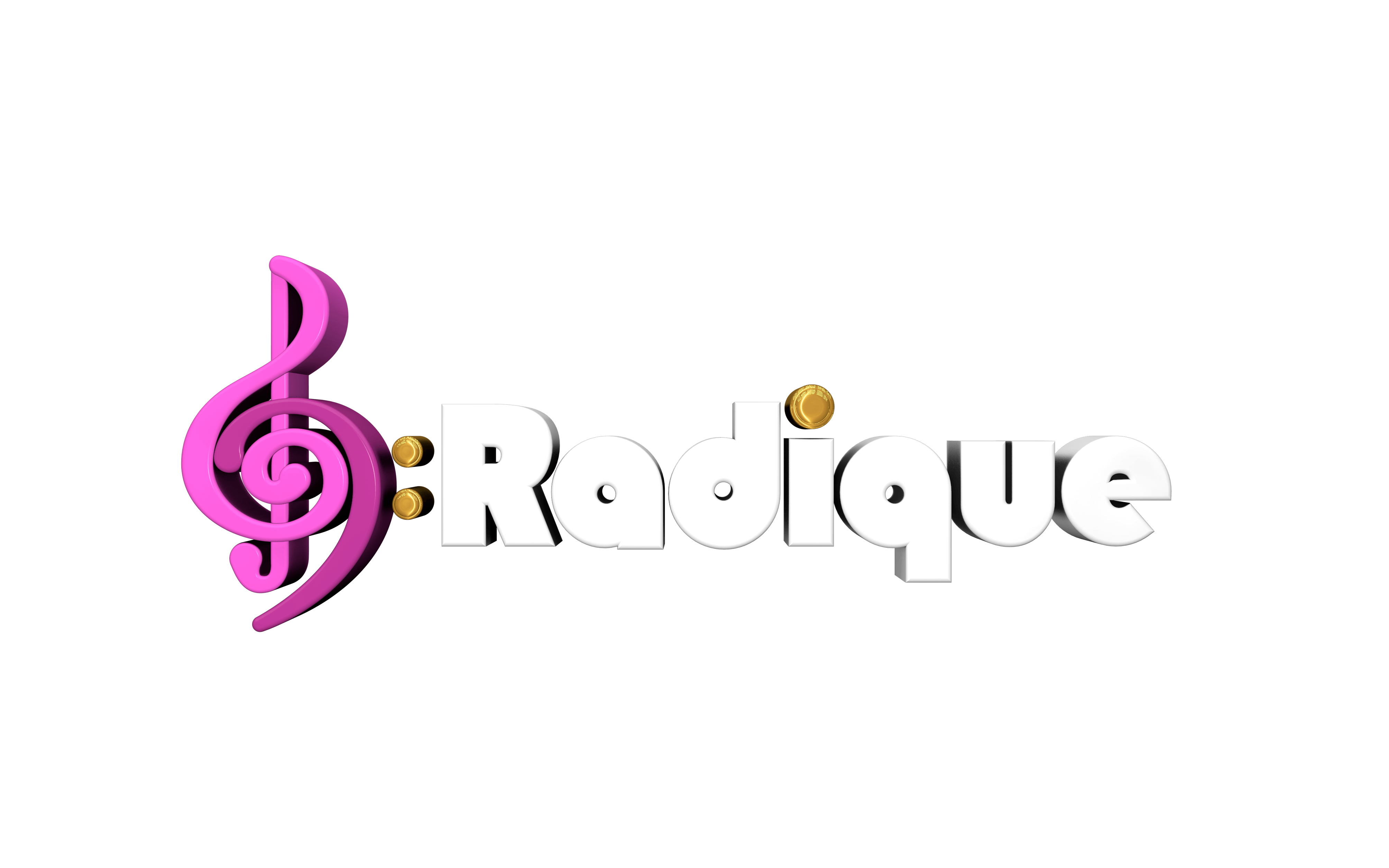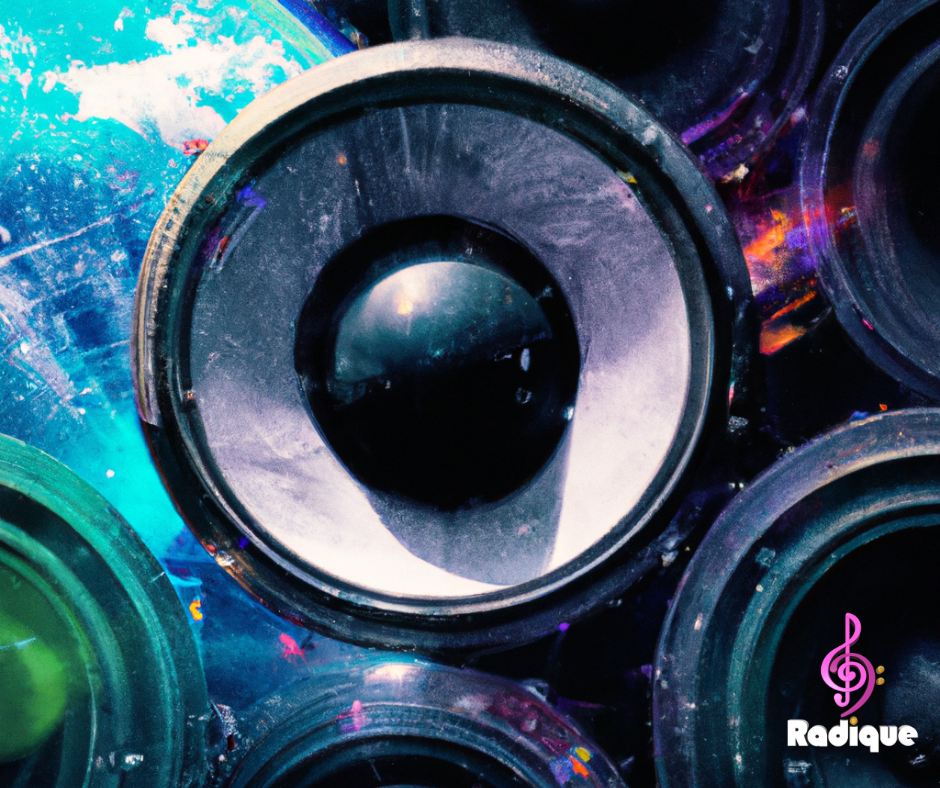I recently came across an article about how NASA has taken space vibrations and turned them into sound bites. The program’s name is Heliophysics Audified: Resonances in Plasmas (HARP) project. Essentially, the program ‘turns data about Earth’s magnetosphere — a magnetic bubble around our planet’s outer atmosphere that shields us from dangerous solar storms and radiation from the sun — into sound bites’.
It gets even more fun!
NASA has put out a call for ‘Citizen Scientists’ to help them wade through the enormous amount of space data.
‘We need your help to explore the data, there is too much for us to do alone. By converting this data into sound and listening with your ears, the brain can pick out complex wave patterns much faster than by eye.
With a little training, a human volunteer can detect meaningful sounds that a computer doesn’t yet know how to search for, and you just may find something no one has heard or seen before!
Listen and analyze the sound samples online, then submit your findings for scientists to analyze and verify’.
Of course, I signed up. I have a fascination with all things related to frequencies & vibrational sounds, including sound healing and therapy. To be able to be involved with something as epic as listening to space noise wasn’t an opportunity that I could pass up!
Before I share the link to learn more about the program and sign up, I wanted to share a little bit of my research into frequencies, vibrations and space as they relate to music.
Vibrations and frequency are essential in the world of music. Scientists believe that everything in the universe vibrates at a particular frequency, including our bodies and the environment we live in. Additionally, space frequency and vibrations can be a source of inspirations for music-making.
Space is vast, and scientists have found that different parts of space have distinct frequencies and vibrations. For instance, stars have unique sonic frequencies that change depending on their lifecycle stages. Some scientists claim that stars emit a range of sounds, including deep hums, screeching, and vibrations, some of which are inaudible to our ears. With this knowledge, musicians can delve into these sounds and use them as inspiration to create unique musical pieces.
Furthermore, it has been discovered that planets and their moons also vibrate at unique frequencies. Studies have shown that Saturn’s moon, Enceladus, produces high-frequency vibrations that are similar to the sounds made by a piano. The Earth’s Schumann Resonances, a global electromagnetic resonance caused by lightning strikes, is believed to be a significant factor in the creation of specific music genres.
The use of space frequency and vibrations in music can be seen in the development of a music genre known as ‘astromusic.’ This form of music is inspired by space sounds, including the cosmic background radiation (the afterglow of the Big Bang), solar flares, and other cosmic sounds. Astromusic uses these sounds to create unique musical pieces that take the listener on a voyage to different parts of the universe.
Some musicians use technology to capture space sounds and use them to create music. The sounds from space are captured by space probes such as Voyager 1 and 2 and processed to create unique musical pieces. Additionally, some researchers have developed software that transforms space images into sound waves, allowing musicians to interpret these sounds and create music.
I think it would be great if some musicians joined the HARP Citizen Science program and as a result found some inspiration for music composition, not only about space…but FROM space!
As promised, here is the LINK. Happy listening 🙂

